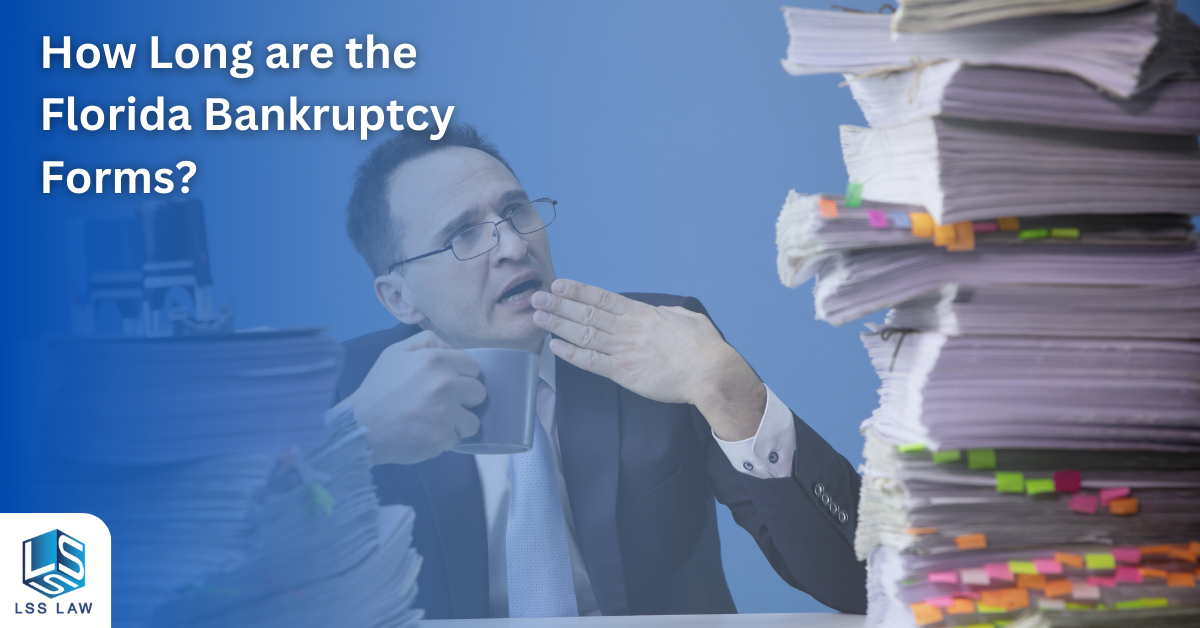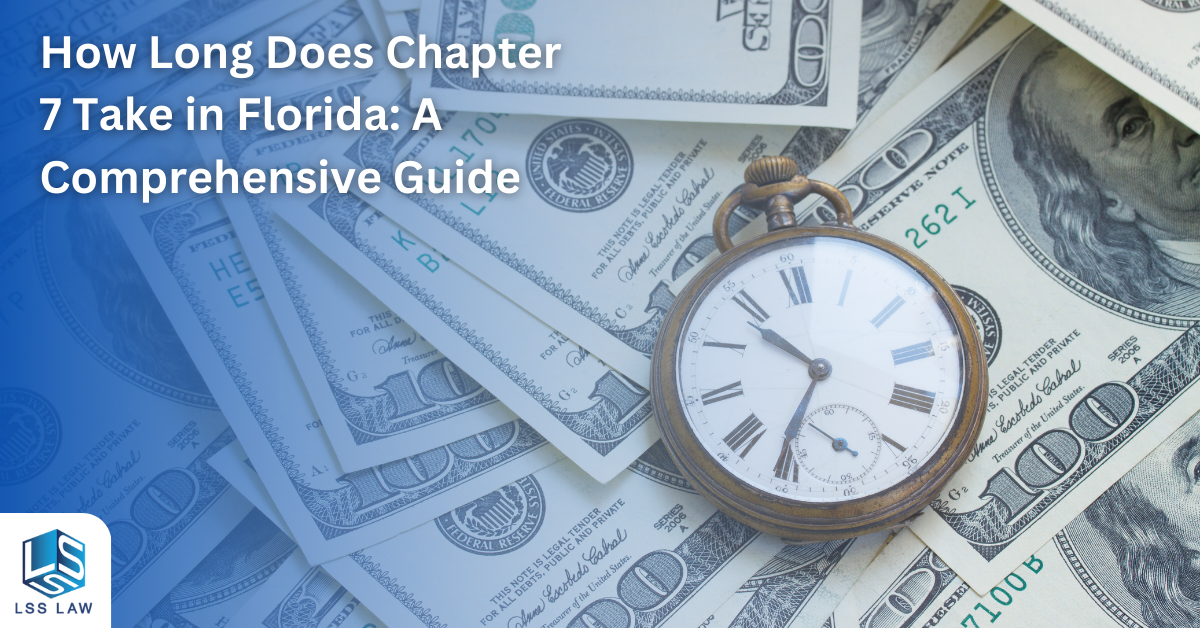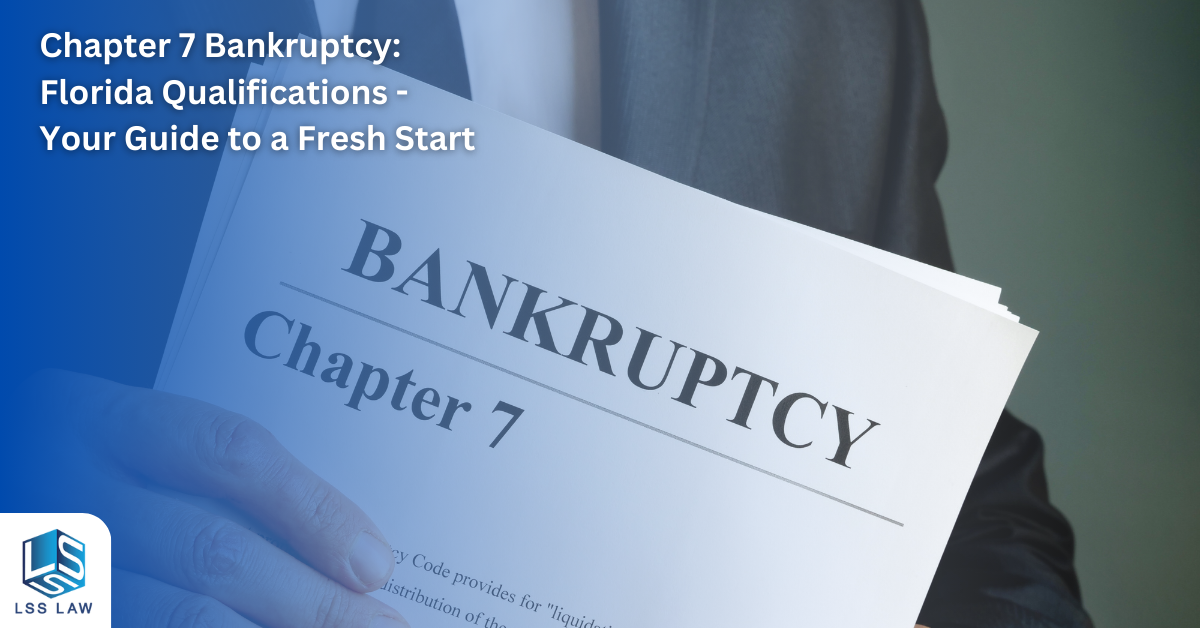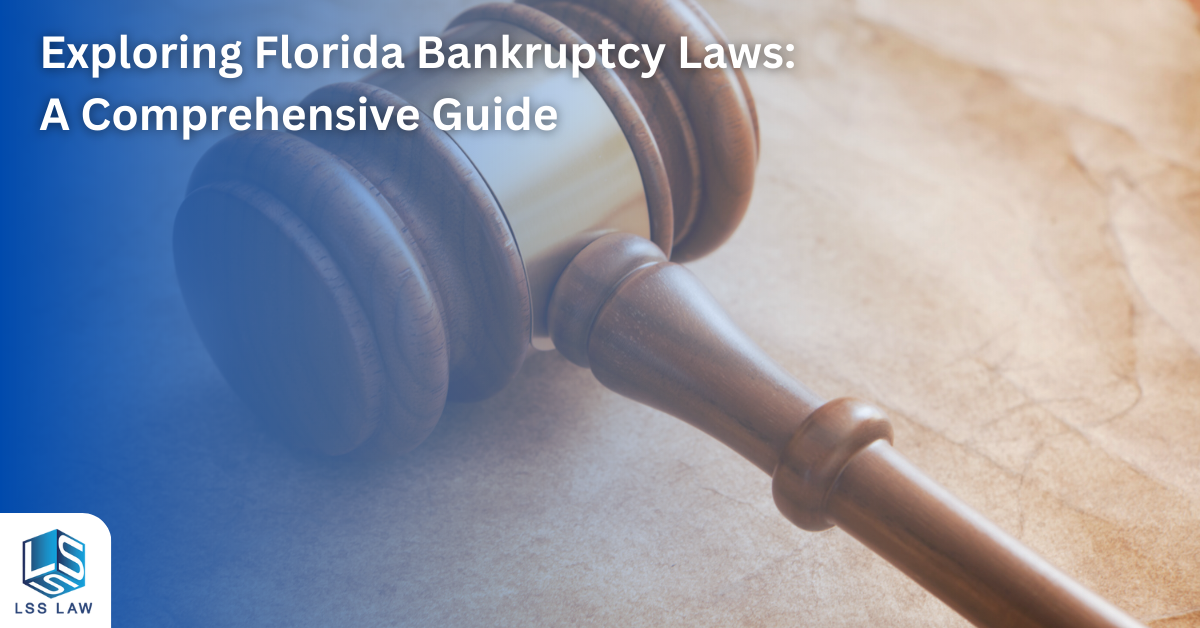If you have been unable to pay your bills and creditors have obtained judgments against you, it is likely that you have judgment liens against your home. A creditor places a judgment lien against your home to help ensure that the creditor gets paid what it is owed. The lien allows the creditor to be paid from the proceeds if you sell your home or if you refinance your existing mortgage.
If you are interested in removing the judgment liens from your real property, filing for bankruptcy may be a good option. However, it is important to discuss this strategy with us in advance. A bankruptcy discharge does not automatically eliminate the liens recorded against your house. However, in some circumstances, you can “strip” a lien. Of course, there are certain liens that are not avoidable, such as your first mortgage or tax liens.
In most cases, a judgment lien can be removed pursuant to 11 U.S.C. § 522(f). A copy of the judgment is typically recorded in the county where you own real property. It is important to note that in a bankruptcy case, the underlying debt can be discharged while the lien remains intact. Thus, a debtor must take action under Section 522(f) to remove the judicial lien of a creditor to the extent the lien encumbers the value of the debtor’s exemptions in the property. In other words, if the value of your equity in your house would be exempt even without the encumbering lien, you can file a motion to avoid the lien. If the court approves the motion, the lien is effectively stripped from the title on your house and is no longer valid.
Please keep in mind that every case is different. If you have questions about filing personal bankruptcy or how bankruptcy may help remove liens from your home and would like to schedule a no-cost consultation, please contact our office by completing the form on this website or calling us at 954-466-0541.






